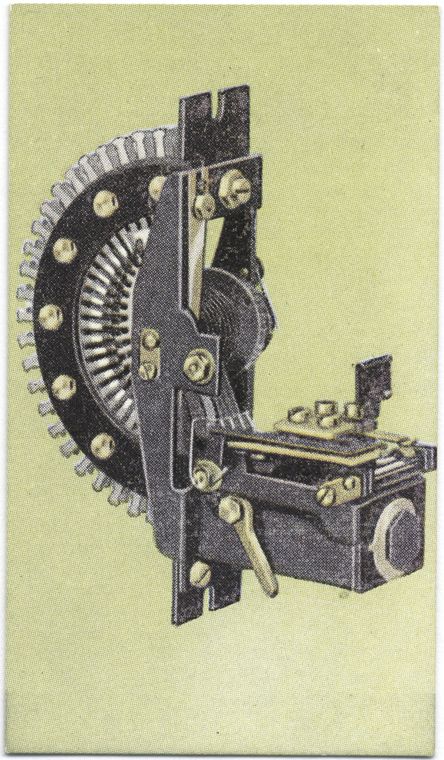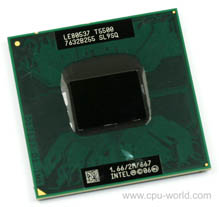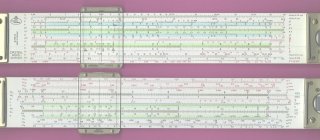Their mechanisms are out there and on display. If you look at them, turn them around, wiggle and shake the various parts, you can make a guess at what they do.
 Take a collection of these parts and you can sort of figure out what they do together. This part wiggles back and forth, it turns this cam, which actuates this other switch whenever it reaches above a certain point and that connects to these magnets...
Take a collection of these parts and you can sort of figure out what they do together. This part wiggles back and forth, it turns this cam, which actuates this other switch whenever it reaches above a certain point and that connects to these magnets...Oh, I see what it does!
Move forward a few decades. The number of parts in a device grows -- but they are now all so minute, and so functionally opaque, that you can't tell what is going on. Take a look at it from the standpoint of airplanes. Modern aircraft often involve a great deal of computing power. Hardly surprising, given the fly-by-wire nature of most cutting edge aviation. But take an Airbus apart and you're going to find hydraulic actuators and their associated ACE boxes (Actuator Control Electronics). A few wires lead to some master computers scattered in a few avionics racks. Those are connected by wire to the sidesticks, throttles, and rudder pedals.
This is no rant aimed at fly-by-wire and the omnipresence of electronics in aircraft -- or in any other situation for that matter. But flip through the manual for an F-100 or a 727 and you can tell what those different bits do. Oh, there's the yaw damper, and here's how it works. This bit...hm...oh, I see, it connects between a switch on the throttles and a doohicky on the flap position indicator...oh, it sounds an alarm when the throttles are advanced for takeoff but the airplane isn't configure right!
 But when faced with the obscure opacity of a CPU, what can we do? The algorithms inside are so mutable and changeable, so obtuse to so many people and so possessed of a trapdoor obfuscation that even the most talented struggle to pick them apart. The circuit diagrams reveal nothing but an artistic beauty -- a city from 20,000 feet. Detailed descriptions of functioning and register layout from Ars Technica hold a ritualized fascination but make about as much sense to me as hearing Mass in Latin would. I try to picture little bits of memory shuffling around but the reality is that much beyond the Data General Eclipse and the end of computers with meaningful switches on the front panel in general I really can't make hide nor hair of what is going on inside. If I tell you otherwise, you either caught me on a particularly clever or particularly self-delusional day.
But when faced with the obscure opacity of a CPU, what can we do? The algorithms inside are so mutable and changeable, so obtuse to so many people and so possessed of a trapdoor obfuscation that even the most talented struggle to pick them apart. The circuit diagrams reveal nothing but an artistic beauty -- a city from 20,000 feet. Detailed descriptions of functioning and register layout from Ars Technica hold a ritualized fascination but make about as much sense to me as hearing Mass in Latin would. I try to picture little bits of memory shuffling around but the reality is that much beyond the Data General Eclipse and the end of computers with meaningful switches on the front panel in general I really can't make hide nor hair of what is going on inside. If I tell you otherwise, you either caught me on a particularly clever or particularly self-delusional day.  And so that is why I find myself amassing things like slide rules and vintage aircraft manuals. For all the mystery of the log-log slide rule, the functioning is out there in the open, tactile and accessible and made of slightly yellowed phenolic. It is also why I desperately like the idea of collecting old boatanchor radios and filling my office with the warm sweet glow of vacuum tubes and the swirling tones of single sideband. I know that I will never do this, but I like the idea. I once spent well over $3,500 on an obsolete Swiss cipher machine that now sits in my library next to an equally obsolete Remington typewriter that I bought for almost exactly 1/100 the cost. They are tactile technology, graspable and fiddleable and require of periodic cleaning and treatment with lightweight machine oil.
And so that is why I find myself amassing things like slide rules and vintage aircraft manuals. For all the mystery of the log-log slide rule, the functioning is out there in the open, tactile and accessible and made of slightly yellowed phenolic. It is also why I desperately like the idea of collecting old boatanchor radios and filling my office with the warm sweet glow of vacuum tubes and the swirling tones of single sideband. I know that I will never do this, but I like the idea. I once spent well over $3,500 on an obsolete Swiss cipher machine that now sits in my library next to an equally obsolete Remington typewriter that I bought for almost exactly 1/100 the cost. They are tactile technology, graspable and fiddleable and require of periodic cleaning and treatment with lightweight machine oil.
No comments:
Post a Comment